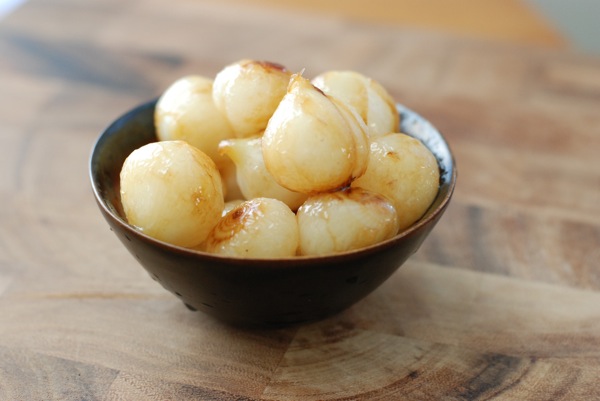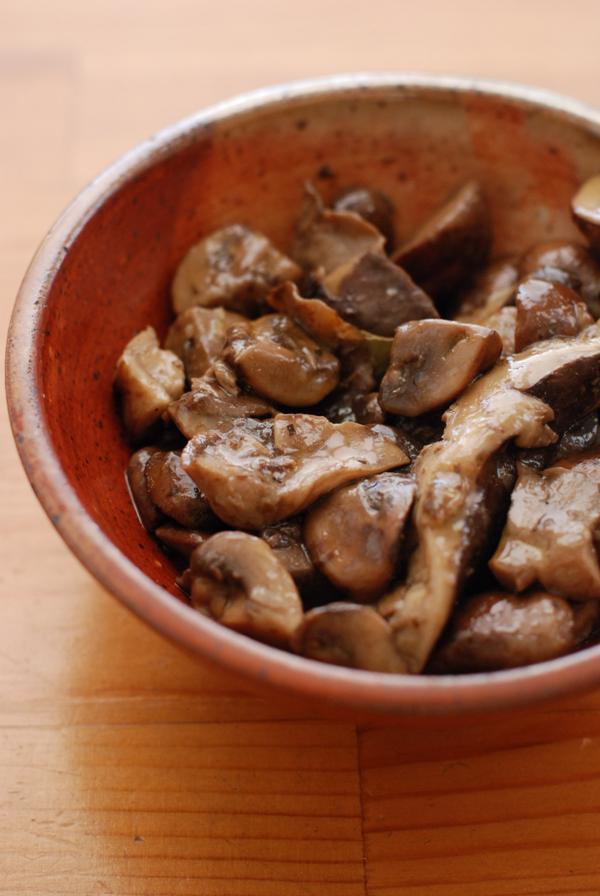Well, friends, I'm back at it. After a few terrible attempts at this in past years (no, I'm not providing links), this time I've got what I hope will be a unique take on holiday gifts for the important folks in your lives. Yes, these gifts are great for food lovers -- but they're the types of things others might appreciate as well.
I've tried to cover all the bases. From unique Etsy finds, to quirky items from standard stores like Amazon, to exotic spices, to must-own cookbooks, I hope there's something here for everyone. All pictures are clickable; want it? Click it.
Take a look past the jump.
...and here we go:
HIGH TEA
FOR:the hostess with the mostess, the classy entertainer, the grandma, the vintage bride, the cupcake lover, the collector relative.
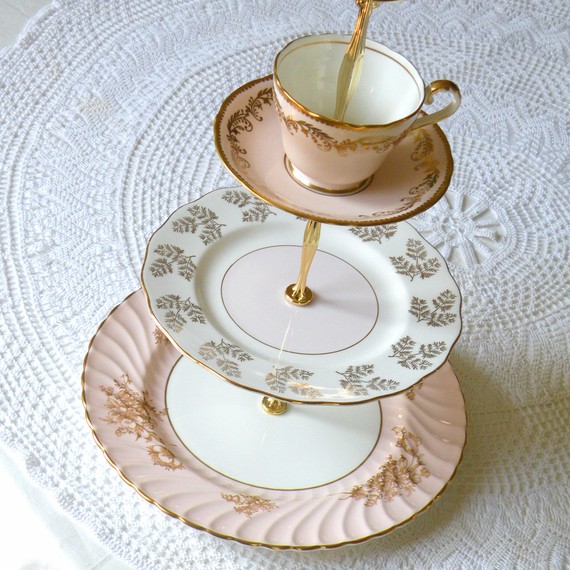 3-Tiered Pink China Stand from High Tea for Alice: a funky, vintage-inspired cupcake stand from one of my favorite Etsy shops. A must-have? Not exactly. But it's a beautiful piece, if this is your -- er -- cup of tea.
3-Tiered Pink China Stand from High Tea for Alice: a funky, vintage-inspired cupcake stand from one of my favorite Etsy shops. A must-have? Not exactly. But it's a beautiful piece, if this is your -- er -- cup of tea.
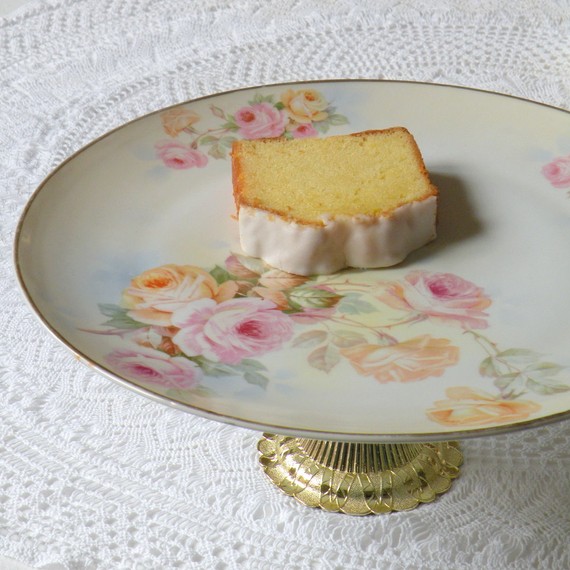 Vintage China Pedestal Dessert Stand from Orange and Blossom: I love cake stands only slightly less than I love cakes. This one's a bit grandmotherly, in the best possible way. That slice of cake in the picture looks like an olive oil-citrus cake (am I being too presumptuous?), and I can totally see making the only lemon cake you'll ever need as a bundt and serving it on this cakestand. Purr.
Vintage China Pedestal Dessert Stand from Orange and Blossom: I love cake stands only slightly less than I love cakes. This one's a bit grandmotherly, in the best possible way. That slice of cake in the picture looks like an olive oil-citrus cake (am I being too presumptuous?), and I can totally see making the only lemon cake you'll ever need as a bundt and serving it on this cakestand. Purr.

Of the items on my registry, the sugar bowl and creamer were two of the hardest to choose. Some look generic, others too fussy, and most are really expensive. I absolutely love this set, being sold on Etsy from Stella by Star. The color is beautiful, the look is unique but versatile, and the price is right.
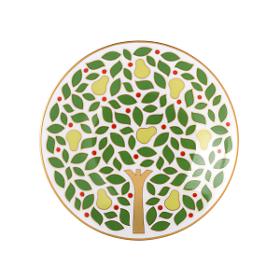
I bought a set of these cute "tidbit plates" from Kate Spade earlier this year, and I'm contemplating getting another set. These are the plates to stack on the coffee table when you serve dessert in the living room. They're small enough that your guests can hold them with one hand while lounging on the couch, and they're funky enough to stand on their own, regardless of your dinnerware pattern. If it's not obvious, I love these and think they're the perfect gift.

The red-on-white color scheme of this cake stand feels classic, but the bird design is distinctly retro, and that candlestick bottom is totally vintage. This feels like something my crafty friends would make themselves, and I love that. Plus, how beautiful would a chocolate cake look perched atop this stand?
POTTERY, ET CETERA
FOR: the post-college crowd; the aspiring entertainers; and of course, the greatest pottery lovers, the yuppies.

This whimsical pitcher from Anthropologie would make a great vehicle for sangria. Or orange juice. Or hey, water. It's pretty and colorful, can go with lots of different dinnerware patterns, and can steal the spotlight at your next party. Plus, unlike most everything else at Anthro, it's not terribly expensive.

This awesome platter from Tracy Porter is funky, unique, and super light. You'll be surprised, in fact, at how light it is. It's made of what looks like laquered bamboo, in bright, vibrant colors that'll zap those winter blues in no time.

Another gorgeous piece by Tracy Porter. This one's a serving bowl, deeper than the platter above, and coordinated without being matchy-patchy. I especially like that when as your guests down their roasted brussels sprouts and the bowl empties, that gorgeous peacock becomes visible.
LINENS 'N' THINGS
FOR: the home cook, the mother, the mother-in-law, the rustic home, the Francophile, the food photographer.

Some version of these french linen napkins are in the home of every food photographer and French woman, and we food bloggers just swoon over them. I recently got a set in blue, and they really are lovely: casual and rustic, elegant and classy all at once. Plus, since they're not made of terrycloth, they double as bread cloths.

Potholders may be my favorite gift this holiday season. I've already given them five times myself, and Chanukah hasn't even started yet. Why? Because the funky ones are just expensive enough that you'd probably forgo them if you were shopping for yourself, but in the scheme of things, $12 isn't that much money, and the little splurge will mean a lot to the recipient. There are any number of awesome patterns available at Anthropologie (of course), but this is one of my favorites.
MISCELLANEOUS
FOR: the coffee lover, the spice addict, the kitchen tool junkie

I'm always surprised at the number of serious coffee drinkers and/or cooks who don't own a spice grinder. At under $20, it's the cheapest workhorse in my kitchen. (Ok -- I have two; one for coffee, one for spices. Still.) This is the type of gift your people may not know they want -- but if you get it for them, and maybe include some recipes that would put it to good use, they'll thank you for years.

Spices are the quintessential great gift. They're useful, unique, and be put to use immediately. My favorite local source for spices of all sorts is Penzeys. They have a branch out in Rockville where you can stick your nose into a jar of each spice and really smell it. Their offerings range from straightforward (high-quality vanilla extract and a great cinnamon blend) to unique (their chili2000 is one of my favorites, and there's no better source for Aleppo Pepper).

For the discerning cook, pick up a jar of Guerande, the undisputed king of sea salts. Its flaky texture and briny taste add dimension to any savory dish, and it's killer atop homemade caramels.

During my trip to San Francisco this past August, I fell hard for Blue Bottle Coffee. Their beans are the best, their method is the best, and their coffee is the best I've ever had. I brought a few pounds of my favorite beans with me, and friends in NorCal and beyond have been kind enough to replenish my supply from time to time. If you're looking for a gift for a "caffiend," look no further than one of Blue Bottle's subscription packages.

The New York Times Essential Cookbook is the best cookbook I've acquired this year, by far. I'm often skeptical of large, pictureless cookbooks. Without pictures, there's less to draw you in, to command that you make a recipe. Hysterical and spot-on headnotes from the lovely author, Amanda Hesser, serve this purpose. In her comments on coeur a la creme, for instance, she refers to "its frenemy," fontainebleu. If you've had both, you know how true this statement is. Hesser's comments send you sailing through this book, from spicy chicken soup to yogurt rice to a natural accompaniment of chutney and beyond. It's been my bedtime reading for weeks.

Gabrielle Hamilton's new memoir, "Blood, Bones, and Butter: The Inadvertent Education of a Reuluctant Chef," is on my watchlist for this season. Hamilton occupies a unique place on my lovelist: not only is her restaurant, Prune, is one of my favorites in Manhattan, but hers is some of the sharpest, cleanest, most precise food writing there is. The decision she wrote in the Food52 "Piglet" cookbook contest put both skills on display. Her assessment of each cookbook is, in my humble opinion, spot-on and so well-said, and her ability to pinpoint the issue or missing ingredient in the recipes she tests demonstrates what a refined palate she has. I'll be heading to Prune while I'm in New York in a few weeks, and this book is on my must-buy list for the holiday season.
There you have it. My random but hopefully helpful list of good holiday gifts. I'll be back with good ideas for entertaining, including some favorite appetizers, good brunch food, and more. Happy Thanksgiving and have a great weekend!
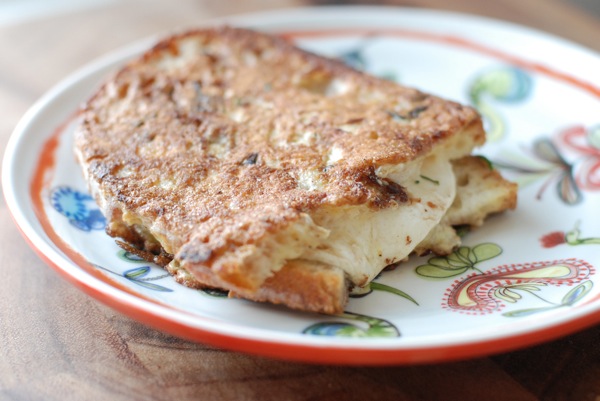 For food lovers, Hanukkah is an eight-day period in which to justify that guilty pleasure, deep-fried food. Latkes and sufganiyot (jelly donuts) might be the most traditional Hanukkah fare, but they are the tip of the iceberg when it comes to things improved by a hot oil bath.
For food lovers, Hanukkah is an eight-day period in which to justify that guilty pleasure, deep-fried food. Latkes and sufganiyot (jelly donuts) might be the most traditional Hanukkah fare, but they are the tip of the iceberg when it comes to things improved by a hot oil bath.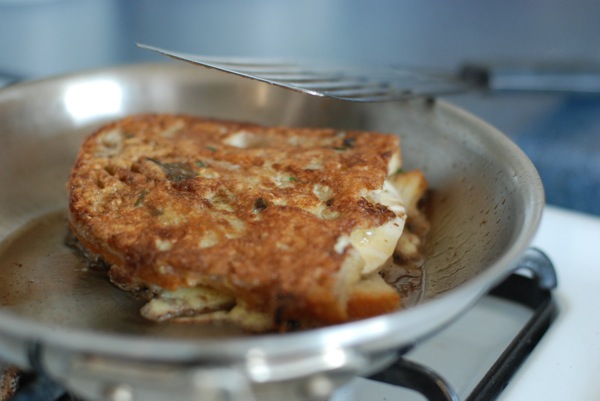

















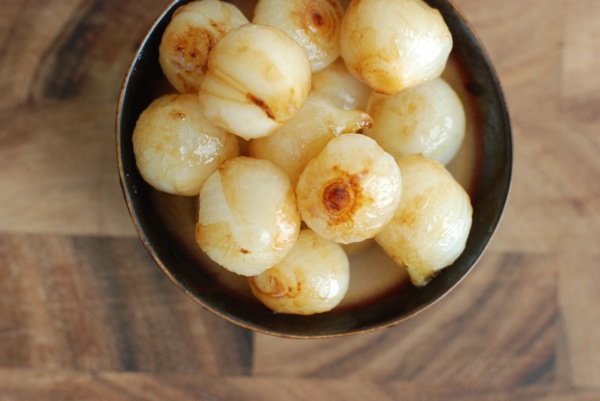 The last in a series of posts on great side dishes for Tday. Happy Holidays to everyone!
The last in a series of posts on great side dishes for Tday. Happy Holidays to everyone!